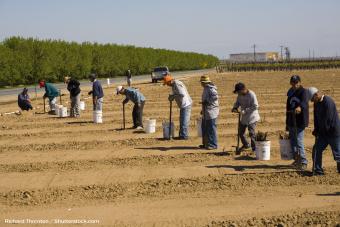Temporary Workers
Temporary Workers
Recent Activity
Recent Activity
Explainers
April 2019
Through which visa categories can immigrants move temporarily or permanently to the United States? What are the main channels by which people come, and who can sponsor them for a green card? Are there limits on visa categories? And who is waiting in the green-card backlog? This explainer answers basic questions about temporary and permanent immigration via family, employment, humanitarian, and other channels.




















